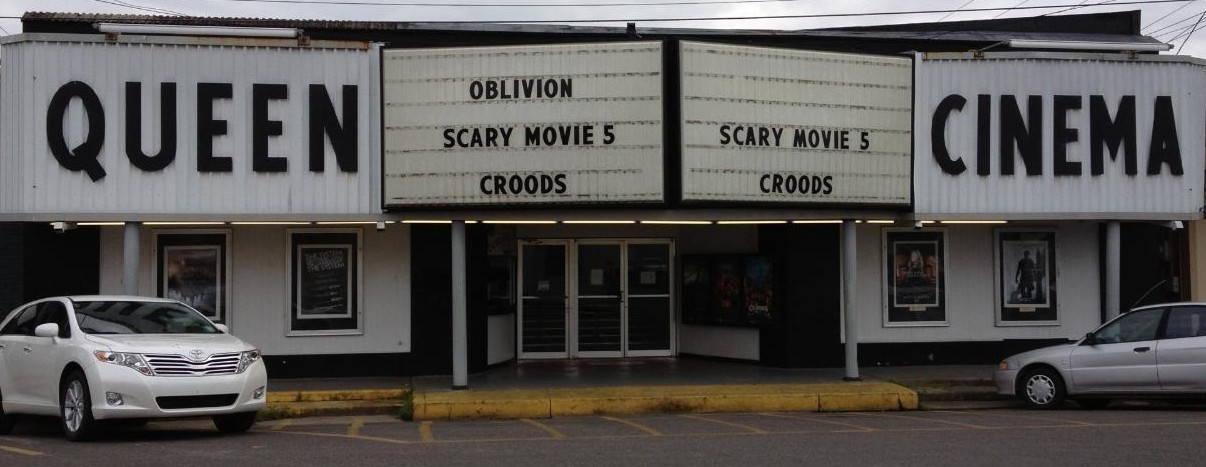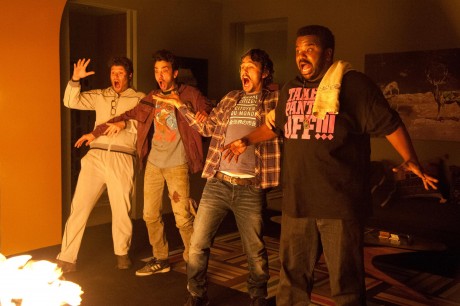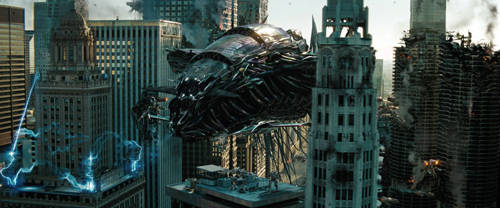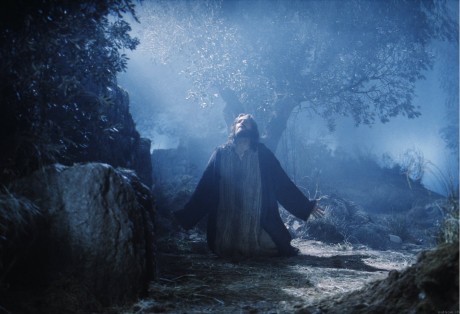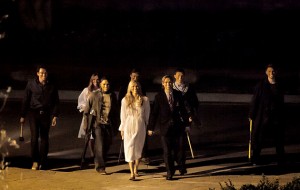[Some spoilers possible]
It’s not even the middle of June and I’m already tired of watching cities explode. Two in two nights. Two nights ago with “This Is the End,” last night “Man of Steel.”
Someday I’ll have to see “Star Trek Into Darkness,” which will make three. And are there any exploding cities in “Iron Man 3?” Even if there isn’t, there are plenty more where those came from. This summer a week will not go by without a variation on this theme: “World War Z,” “White House Down,” “ Pacific Rim,” “The World’s End,” “Cloudy With a Chance of Meatballs 2.” Well, the last one just seems like the end of the world.
Didn’t we get this out of our system in 2012 after the bogus Mayan prophecy? And whatever happened to “too soon” when it comes to movies shamelessly exploiting 9/11 imagery? I am reminded of the Theodor Adorno quote cited in J. Hoberman’s fine new book “Film After Film” – “He who imagines disasters in some way desires them.” And who wouldn’t want to see Michael Cera hooked like live bait on the splintered end of a shattered lamp post as happens in one of the more amusing scenes in “This Is the End?” The film’s irony aside, it reeks of self-loathing. No Fox News windbag or Evangelical scold could paint a more damning picture of Hollywood. Drawing on the Book of Revelations, not to mention the exorcism scene in “The Exorcist,” it is a self-flagellating admission that Hollywood is the new Babylon, doomed to utter damnation and the inescapable nuisance of Danny McBride when the end finally does arrive.
As for Zack Snyder’s “Man of Steel,” Henry will be reviewing that film in detail in another posting, but I did want to share a couple of observations. First, didn’t we have those giant mechanical jellyfish destroying cities in “Transformers: Dark of the Moon?” Except in that case they looked more like giant mechanical shrimp.
There are many other annoying borrowings from other movies, but what’s the point of complaining? That’s what most movies are these days, though some are more artful about it.
Second, no doubt others have pointed this out, but isn’t this a kind of comic book, f/x-addled version of “The Passion of the Christ?”
Some similarities: Kal-El has a unique birth (though a reverse of the Biblical version – in a world where reproduction is all artificial, his is the only natural, i.e, non-virgin birth). He has been sent into this world by his father to redeem it. He conceals his true identity until the Messianic age of 33 when he offers himself up to the Satanic powers of General Zod as ransom for the human race. He refuses the diabolical temptation to use his omnipotence to take over world. In a punishing sequence reminiscent of the brutal stations of the cross in Mel Gibson’s movie, he gets beaten like a piñata by Zod and his minions for what seems like the whole movie. When the final Apocalyptic battle begins he takes on the cause of good against the powers of evil, though Zod and company seem less like Satan and his legions than they do the neocon Spartans in Snyder’s “300”). And to sum up, Kal-El/Superman is guided by a spectral dad who is a combination of God the Father and God the Holy Ghost; he has a longsuffering mother; and he suppresses his hots for that modern day movie equivalent of a harlot, a female journalist. (Okay, that last one is more like “The Last Temptation of Christ”).
Maybe fundamentalist groups should send busloads of believers to see both of these movies, or rent them (in expurgated versions, of course) and show them in their churches.
In truth, though, the only end that films like “Man of Steel” prefigure (not so much “This Is the End,” which I laughed at frequently and inanely – though I’m afraid, seemingly unambiguous ending notwithstanding, it will spawn several “Hangover” style sequels), is that of narrative filmmaking as we’ve come to know it. Such films point to a cinema experience reduced to endlessly repeated formula and 3-D destruction, and perhaps are a foreshadowing of the “implosion” of Hollywood that Steven Spielberg has prophesized. And he should know – after all, he pretty much started it..
— Peter Keough
